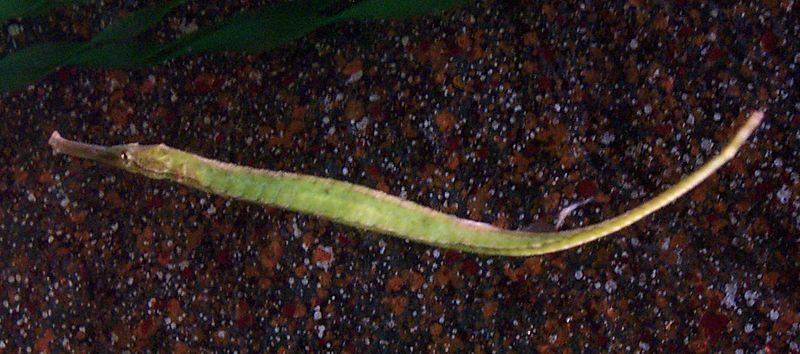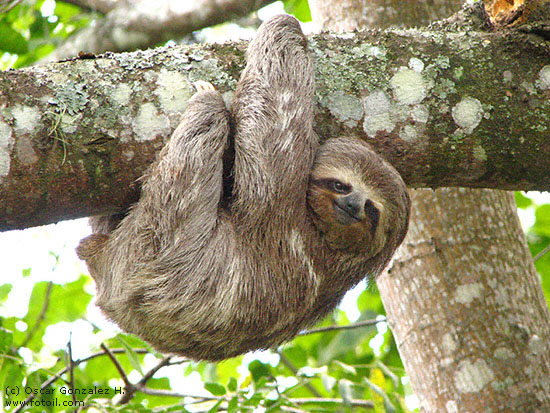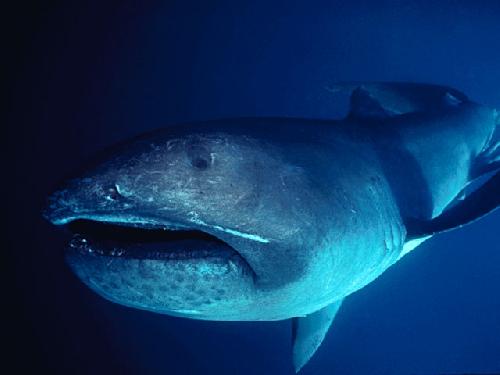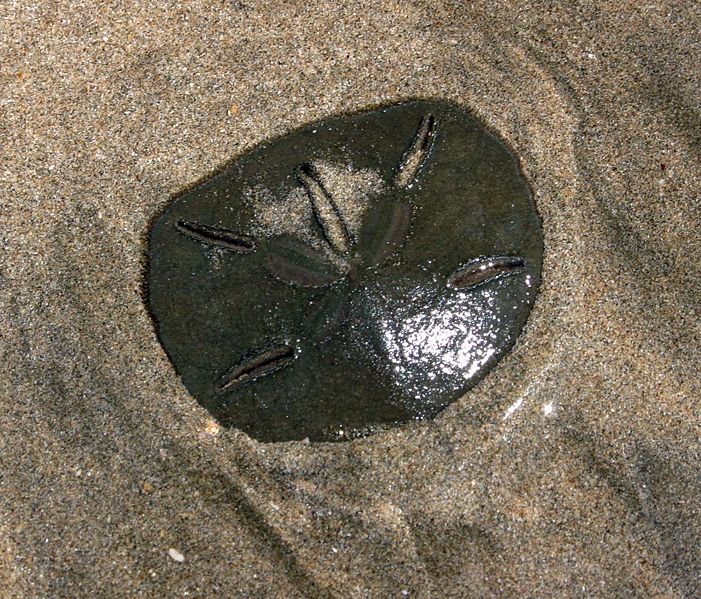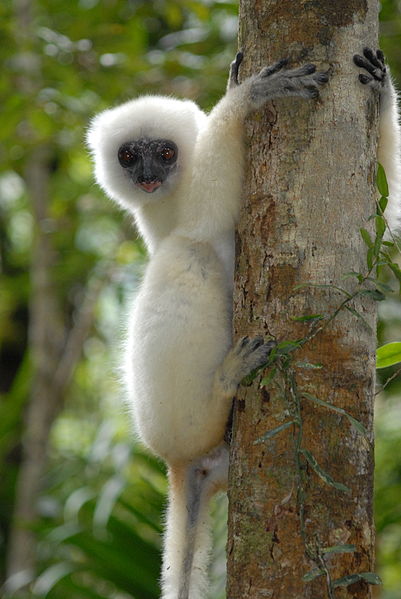
Today is going to be a very fashionable Wild Fact. Why? Because we are heading to northeastern Madagascar to learn about the Silky Sifaka, who gets their name from their incredibly white, silky fur. Unfortunately, the Silky Sifaka is considered to be one of the rarest mammals on earth and is listed on the Top 25 Most Endangered Primates. Yes, the Silky Sifaka, also known as the Simpona, is a primate, and more specifically, a lemur. While are chances of finding this beautiful lemur may not be good, I think it is important that we take a second to learn a little more about this white silky primate.
Ghosts of the Forests
As mentioned, the Silky Sifaka inhabits the mountainous regions of northeastern Madagascar. They are known locally as the “Ghosts of the Forests”, as a result of the flashes of white that can be seen jumping from tree to tree. These little ghosts are capable of leaping up to 9.1 m (30 feet) between the trees. This is pretty impressive for a lemur that is only 1.1 m (3.5 feet) in length and weighs a mere 6.4 kg (14 lbs). This attribute does make things tough for researchers though, as they will have a hard time keeping up with these quick, long jumping primates.

One Date a Year
The Simpona spends the majority of their day feeding or resting in groups of two to nine individuals. It sounds like the y live the good life, doesn’t it? I will explain why this isn’t the case soon. When they are not resting or eating, the Silky Sifaca likes to play, groom, travel and of course, they love long walks on the beach. Okay, maybe I made that last one up but you have to admit that it did sound like an online dating profile. Speaking of dating profiles, the Silky Sifaca saves their date for one specific day before the rainy season begins. That’s right, they mate for just one day!
People vs. Nature
Humans have made the life of the Simpona extremely difficult. People tend to burn their forests to create rice fields, illegally harvest the trees they call home and if this isn’t bad enough, we will poach these animals for food. And the result of our actions? Well, it is believed that there are fewer than 1000 individuals, and possibly as few as 100, remaining in the wild. Hopefully, the protected areas that have been established will help preserve this incredible creature.
Thanks for reading today’s Wild Fact. Enjoy the rest of your day and I will see you tomorrow for another fun animal.


